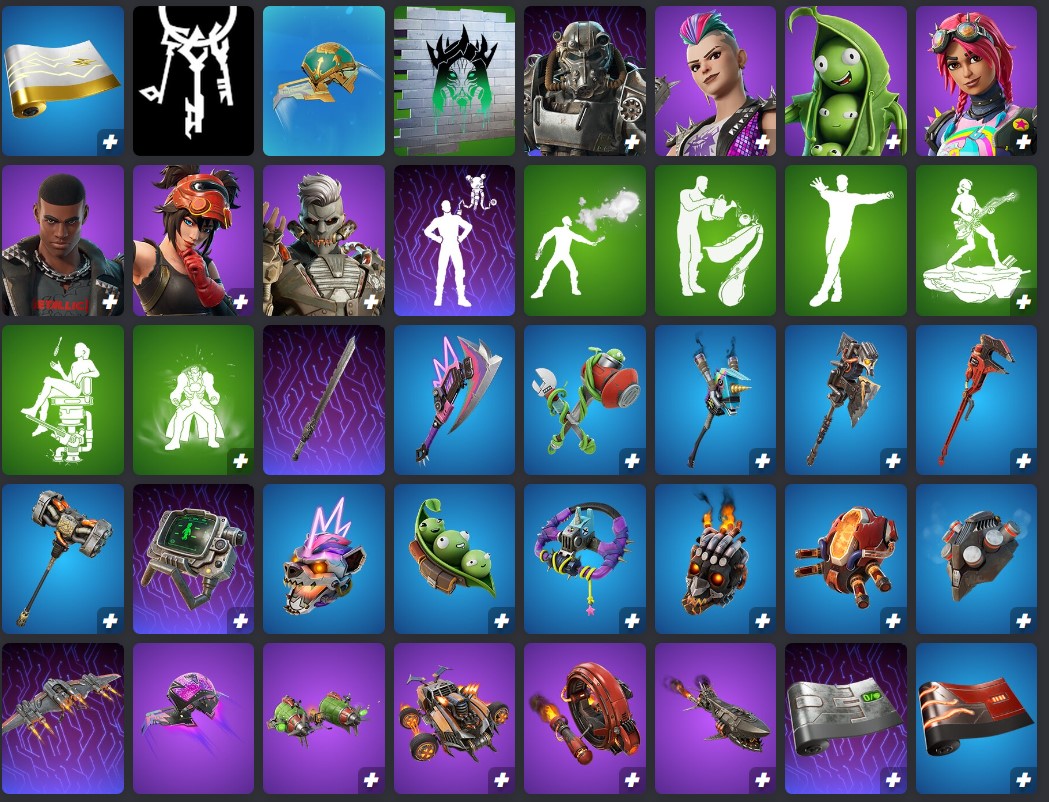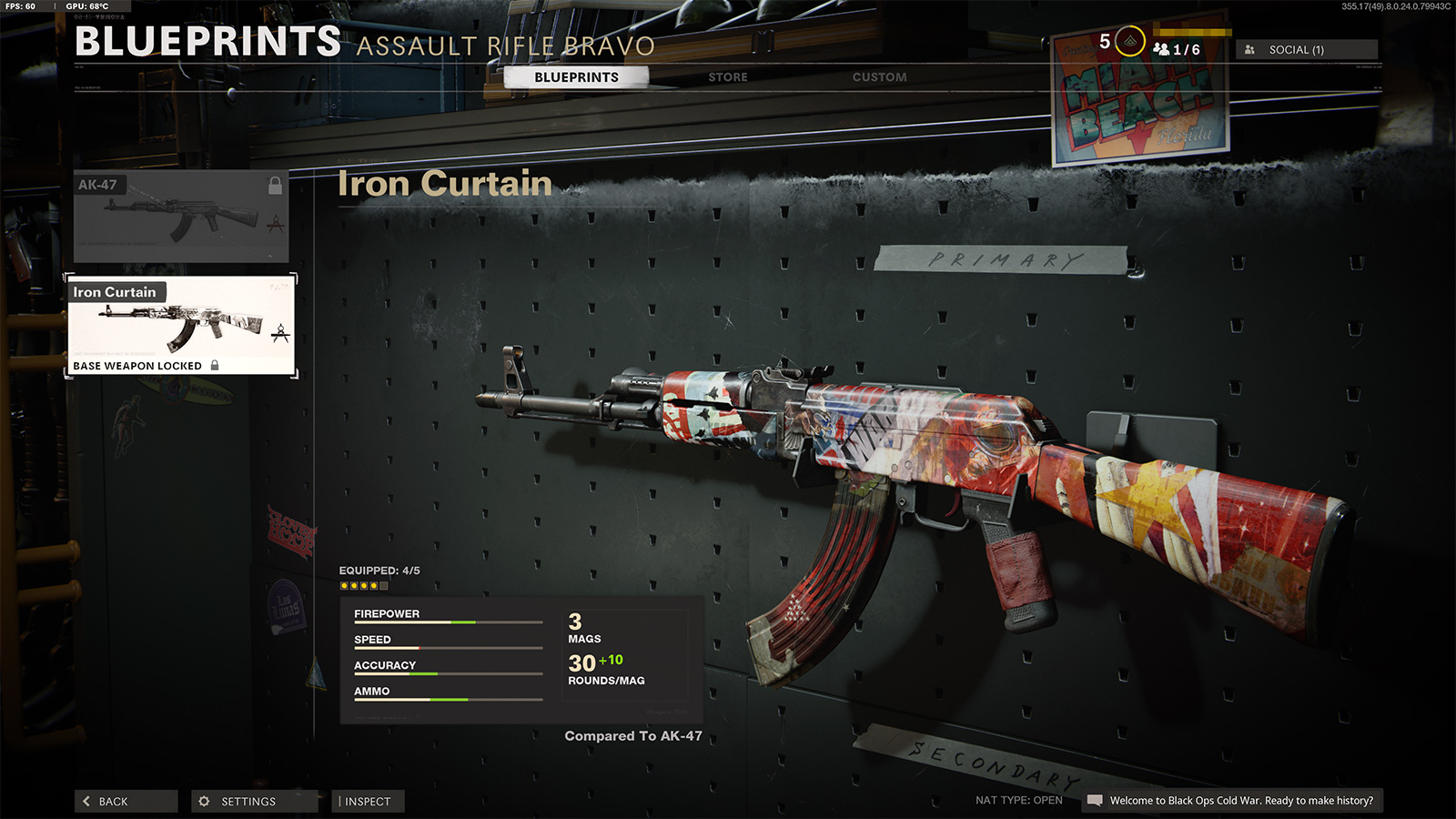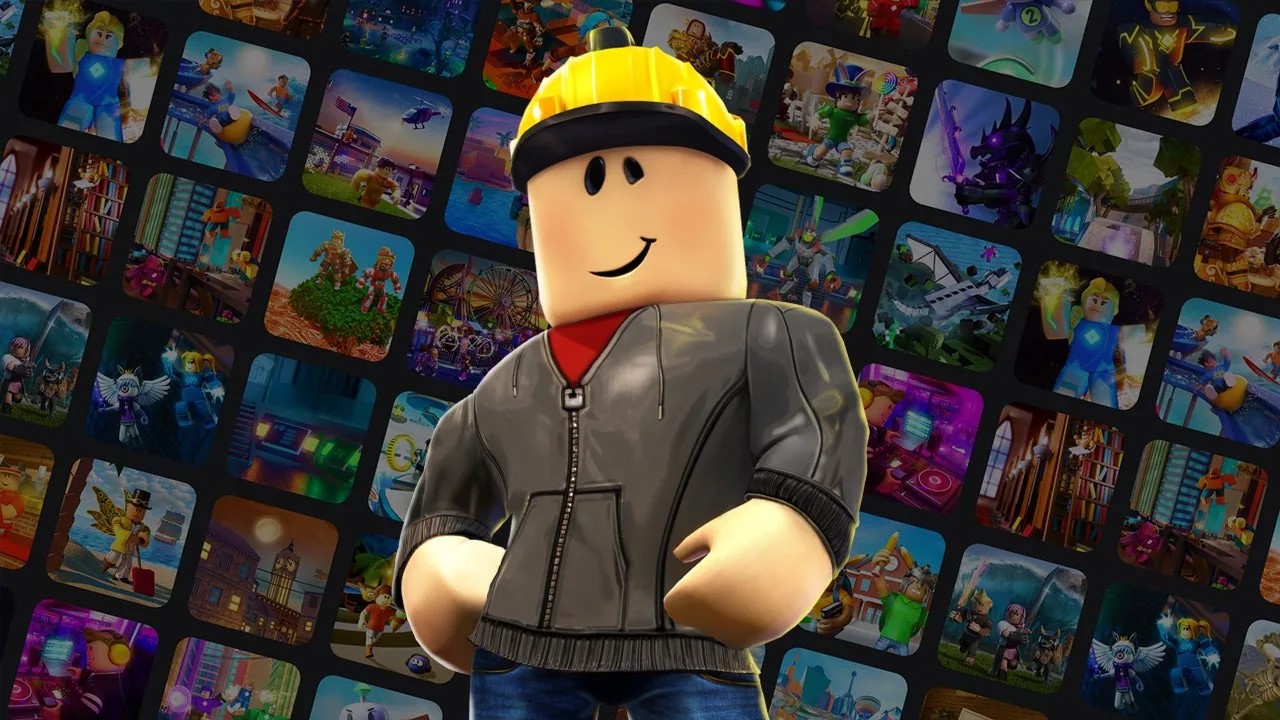- Free-to-play games are designed to create long-term engagement and encourage in-game spending
- Players keep revisiting the game for daily missions, rewards and time-limited offers.
- Optional spending is available in these games in the form of purchasing resources and other in-game items.
- Monetisation affects everything in these games, from pacing to reward structures.
Free-to-play games are everywhere. They span from PCs to consoles and even mobile devices, having a large appeal to consumers. These games offer numerous benefits, such as no up-front costs, instant access, and a wide range of large communities.
Behind this free-to-play image is a complex design that is shaped by the economics of player spending. These games typically lack straightforward costs, but they encourage consumers to make in-game purchases. Let’s discuss how they do so.
How Monitization Got Embedded In The Design
In traditional paid games, developers typically generate most of the revenue at the time the game is sold. After the acquisition by players, there is minimal focus on monetisation inside the experience.
Free-to-play games flip this model upside down, and today, gamers are helping shape revenue models. In these games, the players enter without paying anything, but the entire game is structured to encourage in-game purchases.

These players are often referred to as whales and are expected to spend enough to support the entire ecosystem. This mismatch between players who pay nothing and those who pay a lot creates a design environment where games are not made solely for fun but also generate engagement, friction, and urgency in players.
These games feature reward loops, progression pacing, difficulty curve, and event timers that help serve the business model and generate steady income.
Progression Pressures Spending
One of the most visible examples of this monetisation shaping design lies in progression systems. In free-to-play games, progression in the game becomes stunted after a certain time. This is the game telling you to spend some money to gain benefits such as boosters, battle passes, or resources, to progress.

When you begin playing, you see that the game is very generous. You clear levels easily, earn more rewards, and gain progress, but later, this is no longer the case. This is not unintentional; it is deliberate on the developers’ part to create friction in the game.
Players can either wait or pay to advance more quickly. Some games also rely on time-limited offers, while many also use randomised loot structures that encourage repeated spending.
Live-Service Engagement
Live-service models increase engagement and rely on constant player retention. Games are designed in a way that encourages players to visit daily or weekly, reflecting the need for monetisation.
By utilising login bonuses, battle passes, and time-limited events, studios such as Ubisoft ensure that players remain engaged in the game. This is done to increase the chances that someone will eventually spend money in the game.

While these loops are enjoyable, they encourage players to check their progress or to chase that special reward that everyone is after. Games like these start to represent curated schedules.
Fortnite, for example, employs a similar structure in the game; there are special events, game passes, and more that encourage dedicated players to make purchases to stay competitive.
Pay To Win
Many free-to-play games avoid incorporating a pay-to-win mechanic, but the temptation is strong. Selling power, exclusive weapons or stats dramatically increases the game’s revenue.
The problem, however, is that these systems tend to ruin the game’s fairness, where those who pay are always on the scoreboard, whereas those who don’t have to struggle for it. Some developers circumvent this issue with careful matchmaking or tuning, but the game inherently becomes unequal once power is sold.
Final Thoughts
People prefer these games, as, unlike AAA games, they are not that expensive, and thus players are attracted to them instead. Studies have shown that most gamers purchase one or two games per year due to the high cost of these games. Free-to-play games need to be monetised fairly.
If the monetisation is aggressive or if the game is unfair, players will avoid it; on the other hand, fair monetisation is okay, and many do spend. The hidden cost of free-to-play games isn’t just financial, it’s how these games shift their structure to support monetisation.
Thank you! Please share your positive feedback. 🔋
How could we improve this post? Please Help us. 😔
[Comparisons Expert]
Shehryar Khan, a seasoned PC hardware expert, brings over three years of extensive experience and a deep passion for the world of technology. With a love for building PCs and a genuine enthusiasm for exploring the latest advancements in components, his expertise shines through his work and dedication towards this field. Currently, Shehryar is rocking a custom loop setup for his built.
Get In Touch: shehryar@tech4gamers.com


 Threads
Threads

